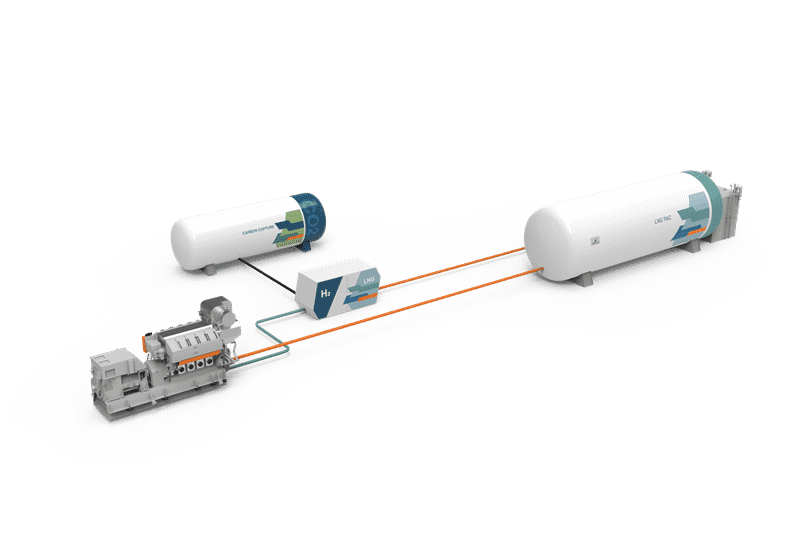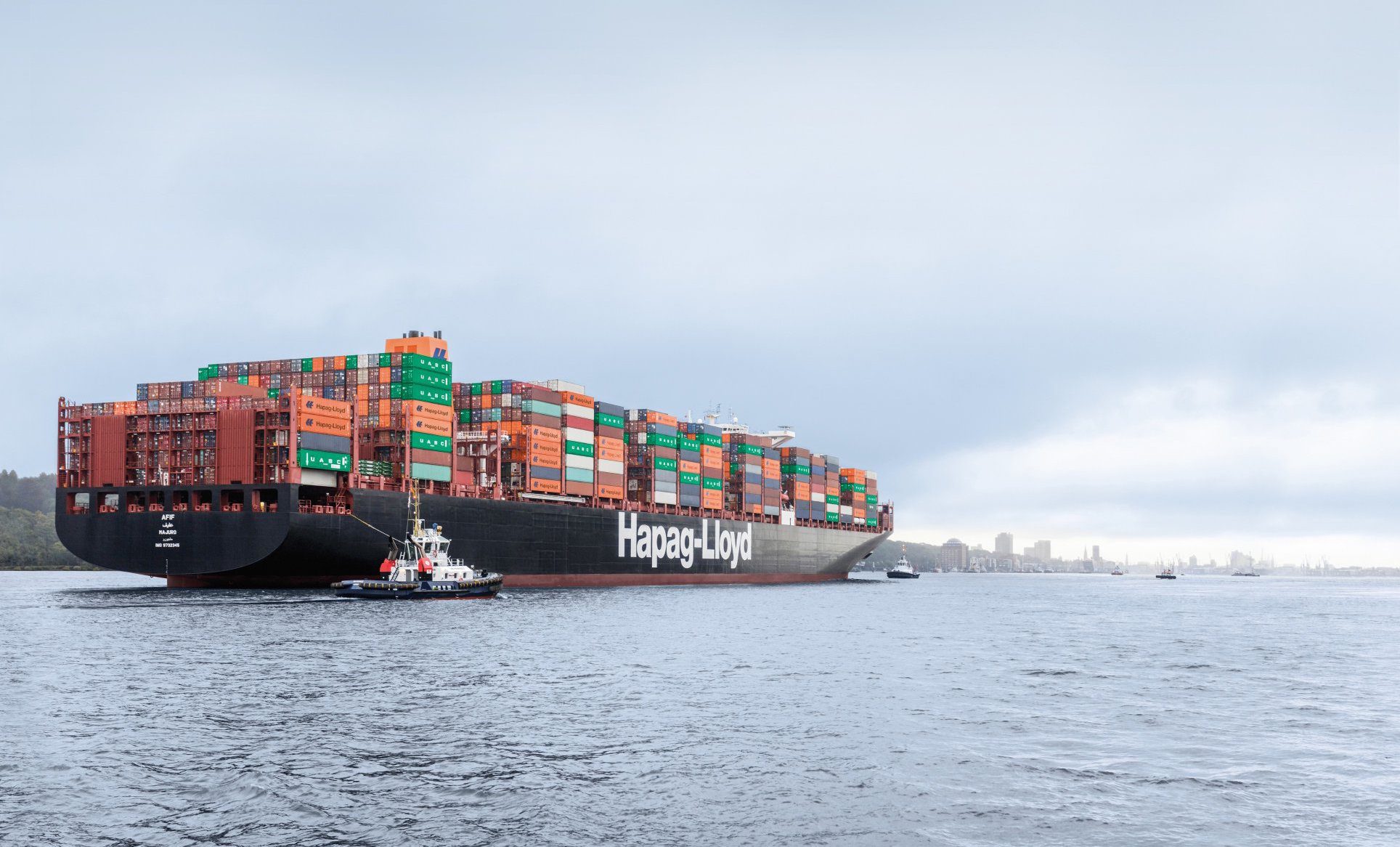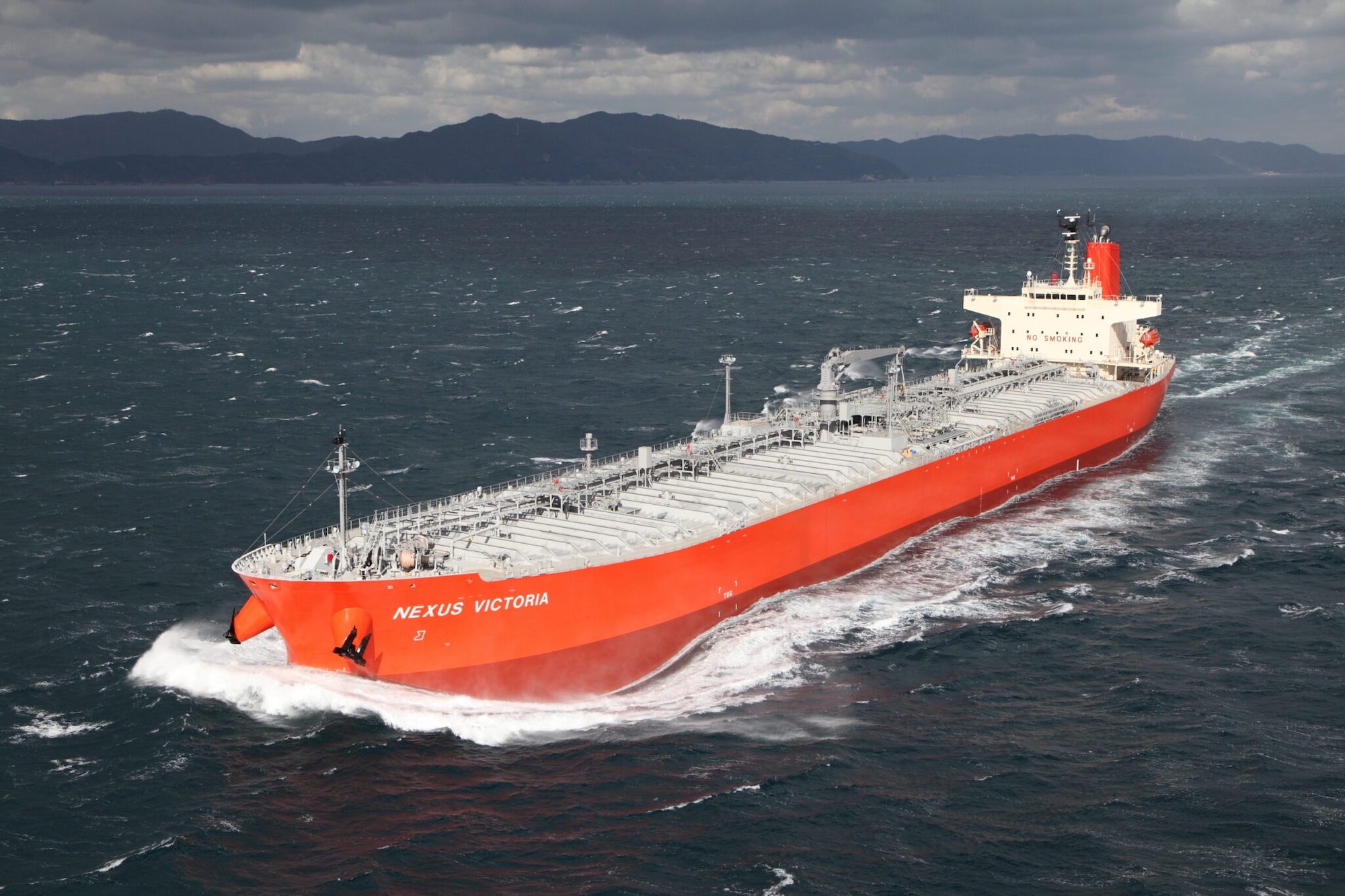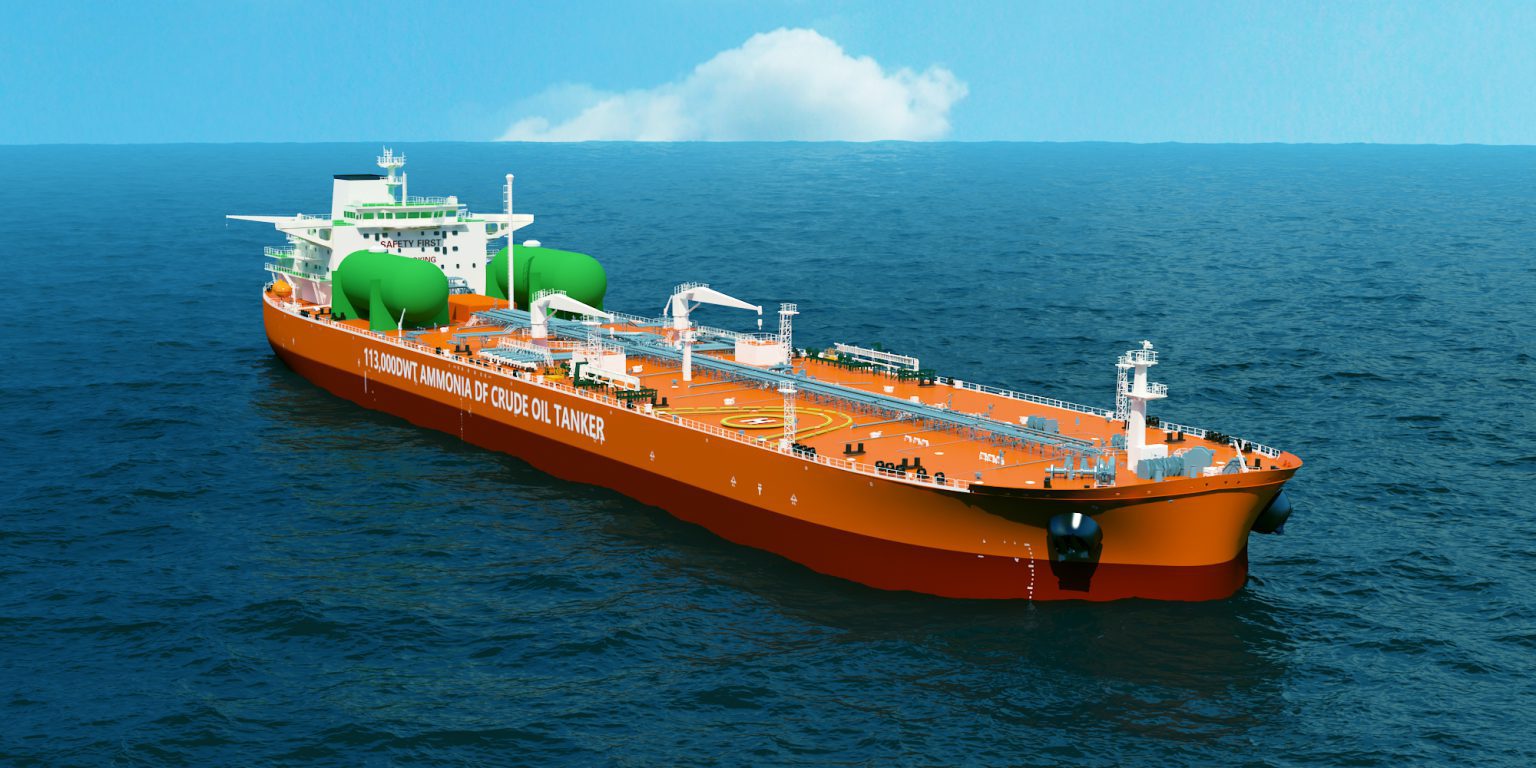Finnish technology group Wärtsilä has announced plans to launch a new shipboard solution that will aim to turn readily available LNG into hydrogen fuel that will meet IMO 2050 emissions targets.
Wärtsilä is working with class society RINA, ABB, Helbio, a subsidiary of Metacon AB, the Liberian Registry, and an unidentified energy major on the project.
Wärtsilä said the aim is to have a scalable and sustainable solution that will exceed the IMO 2050 target for a 70 percent reduction in carbon intensity without the need for an extensive infrastructure investment, offering the shipping industry a pathway to low-carbon operations within a reasonable time frame.
Current difficulties and cost considerations regarding the production, distribution, and onboard storage of hydrogen have so far limited the sector’s interest in its direct use as a marine fuel, the company said. However, by producing hydrogen onboard, and using readily available LNG, the solution becomes far more viable and in a much faster time than would otherwise be possible.
“Our gas engines are already able to use mixtures of hydrogen and LNG, and our future efforts will be to reach 100% hydrogen fuel,” says Lars Anderson, Director, Product Management & Sales Support, Wärtsilä Marine Power. “We are totally committed to supporting in every way possible the decarbonization of shipping operations. This project is one more example of this commitment, and we are very pleased to be partnering with other stakeholders to make the IMO 2050 target achievable. This project will give owners a real chance to stay ahead of the competition in terms of efficiency and sustainability,”
The concept is based on combining LNG with steam to produce hydrogen and CO2. The hydrogen produced will be used directly in a mix with natural gas in internal combustion engines or in fuel cells, thus eliminating the need for hydrogen to be stored onboard. The CO2 will be liquefied using the cryogenic stream of LNG that would be used as fuel anyway, and later disposed ashore for carbon storage. Tankers can use the stored CO2 as inert gas during discharge.
Wärtsilä said the necessary equipment can easily be fitted on the deck of a commercial vessel, supporting the marine sector’s gradual transition from LNG to hydrogen, without any major adjustments to a vessel’s onboard systems.
Only LNG bunkering will be required and, by progressively increasing the production of hydrogen, the consumption of fossil methane and associated methane slip will be reduced at the same rate, Wärtsilä said.
Wärtsilä and ABB will support the application of hydrogen in powering internal combustion engines and fuel cells respectively, while Helbio will provide the technology and manufacturing of gas reformers. RINA and the Liberian Registry will provide advice and guidance on the application of rules and regulations for novel concept alternative designs, based on Hazid/Hazop analyses, as well as specific rules for this kind of arrangement.
Unlock Exclusive Insights Today!
Join the gCaptain Club for curated content, insider opinions, and vibrant community discussions.

 Join The Club
Join The Club













